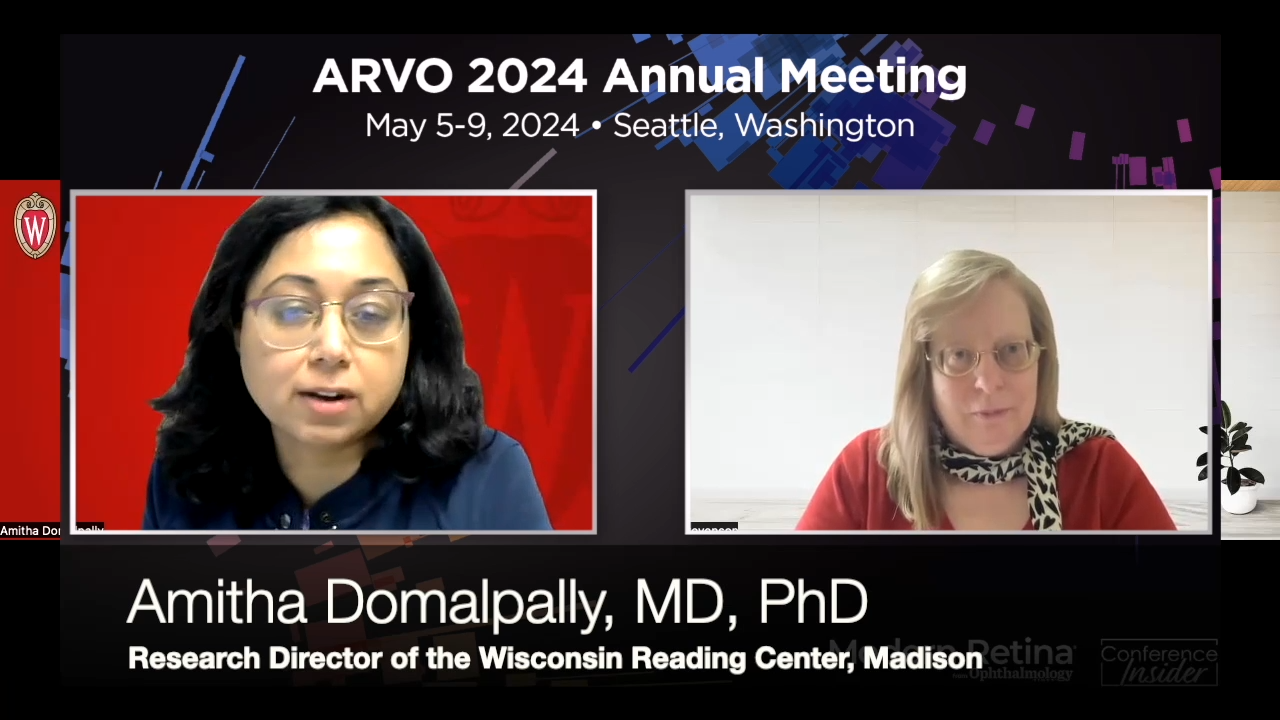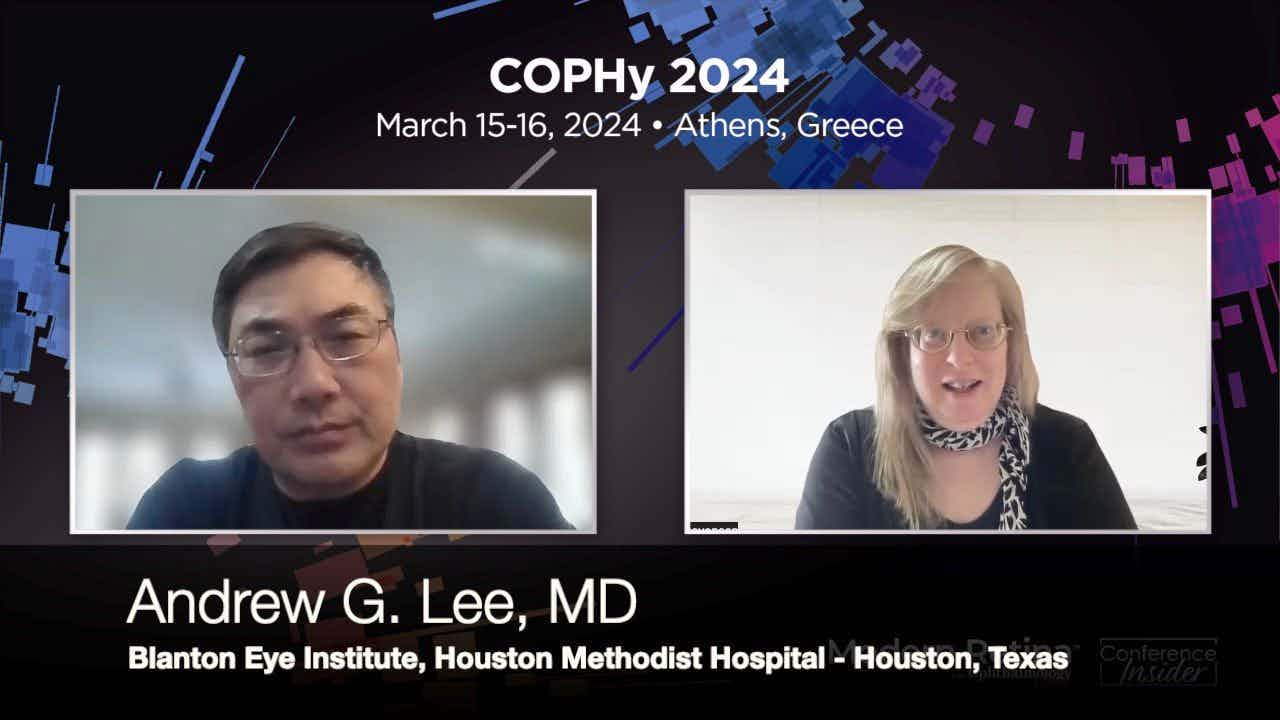RGX-314 demonstrates DRSS improvements in patients with DME, NPDR
At ASRS in New York City, Charles Wykoff, MD, presented a talk entitled, “Suprachoroidal Delivery of RGX-314 Gene Therapy for Diabetic Retinopathy: Phase II ALTITUDE Study.” The trial demonstrated large improvements for patients with diabetic macular edema (DME) and non-proliferative diabetic retinopathy (NPDR), with notable improvements according to the Diabetic Retinopathy Severity Scale (DRSS).
Video transcript
David Hutton [DH]: I'm David Hutton of Ophthalmology Times. The American Society of Retina Specialists is hosting its annual meeting this year in New York. Joining me today is Dr. Charles Wykoff of Retina Consultants of Texas. Thank you for joining us today. Dr. Wykoff. Tell us about your presentation at ASRS.
Charles Wykoff, MD [CW]: David, great to be here with you. There's a lot of exciting stuff going on at ASRS. And this year, I'm presenting an update of the ongoing Phase 2 ALTITUDE trial, a meaningful and important trial, right? There's so many gene therapy programs with ongoing and human work right now, this is an exciting one.
This is a single, in-office, suprachoroidal injection of RGX-314, into patients with NPDR without DME. So these are your DRSS level 47 to 61. Importantly, they're allowing NPDR and PDR patients into the trial. And in total, this is a randomized dose escalation observation control trial. And so far, both cohorts 1 and 2 have been enrolled. And we're presenting cohort 1 data today through a data cut point of January 18, 2022.
And the high-level summary of the data is that the suprachoroidal gene therapy RGX-314 appears to be highly effective. We're seeing very similar outcomes with a single gene therapy treatment as we have seen historically, in trials such as RISE and RIDE with ranibizumab and PANORAMA with aflibercept as far as DRSS improvements.
And more specifically, at month six, while none of the observation control eyes have experienced DRSS-level improvements, we've seen that 10 of 15 or 67% of the RGX-314-treated patients have experienced DRSS level improvements, including 47% or 715 eyes experienced 2 or more step DRSS improvements.
Now there's certainly limitations to this data. This is an interim data cut of an open label study so far analyzing just a limited number of patients, 20 patients to date, but longer term data will become available over time, certainly with more patients as this trial is still enrolling.
So exciting early data, we look forward to additional data. And I really think this has the potential to meaningfully impact how we manage patients with diabetic retinopathy because we know that earlier intervention can slow the development of the vision-threatening phenotypes DME and PDR. And yet still today, the majority of patients presenting with NPDR in clinics across the United States are not receiving regular anti-VEGF therapy, largely because of the unsustainable burden of repeated bolus injections.
DH: Thank you so much for your time today. Dr. Wykoff. We always appreciate it.
CW: Thanks, David. Have a good day.
DH: Bye.
Note: This transcript has been lightly edited for clarity.
Newsletter
Keep your retina practice on the forefront—subscribe for expert analysis and emerging trends in retinal disease management.





.png&w=3840&q=75)








